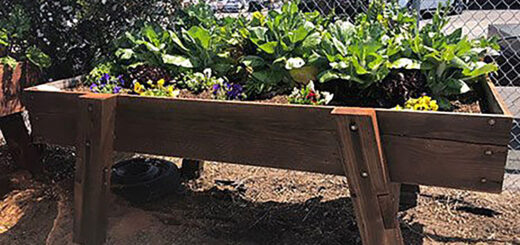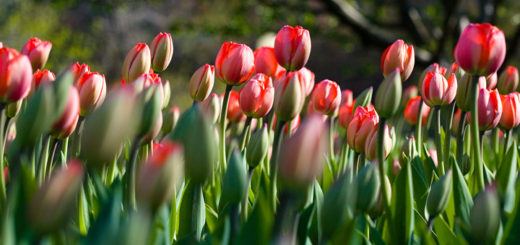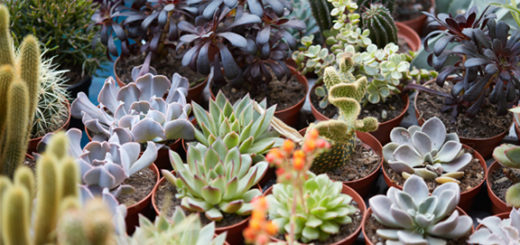Hay Bale Gardening
Growing a successful vegetable garden can be a challenge even if you have great soil in which to grow your vegetables. But with poor soil that challenge can 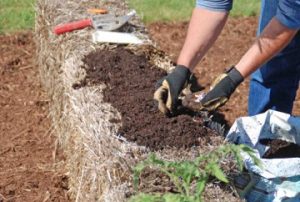 become an impossibility. Straw Bale gardening allows anyone, even those with the worst soil conditions, to grow a unique and productive garden that is less labor intensive than a traditional in-ground garden.
become an impossibility. Straw Bale gardening allows anyone, even those with the worst soil conditions, to grow a unique and productive garden that is less labor intensive than a traditional in-ground garden.
If you have access to sunlight and water, you can grow vegetables in hay bales. There are no climate restrictions, you can grow anywhere – hay bale gardening is suitable for any zone and climate. No special tools are required, and no knowledge of gardening is required to be successful. This a great gardening method for the beginner or the experienced gardener because it eliminates many common problems associated with vegetable gardening, including tilling the soil, constant weeding, insect battles, and persistent disease spraying,
Straw bales of wheat, oats, barley alfalfa, or rye will work, but straw is preferable over hay because the latter can be full of seeds which might cause a weed problem.
Arrange the straw bales where you want to place your garden. The bales need to be conditioned to encourage hearty growth. This means wetting and fertilizing the bales for roughly ten days so the inner straw will start decomposing. For the first six days, put down three cups of organic fertilizer per bale every other day, and water the bales to push the fertilizer down and saturate the straw. On the off days, simply water the bales. Days seven through nine, put down 1.5 cups of organic fertilizer each day and water. Day ten put down three cups with phosphorus and potassium. You’re ready to plant!
Start with good compost, just enough to fill the holes you make in the bales for planting the seedlings or seeds. You can also put a layer of compost over the whole top surface of the bale. After adding the compost, water the bales thoroughly before planting. This ensures good rooting environment for your plants.
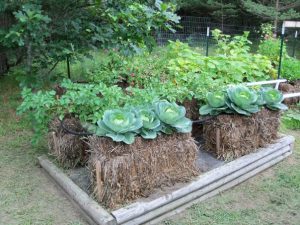 Seeds or seedlings work for planting. Many gardeners prefer to seed their straw bales because the root system gets a better chance at spreading extensively into the straw bed. Straw bales provide good insulation and the slowly decomposing straw keeps the roots warm, so you can sow the seeds earlier than you would do in the ground. This extends the season, so there’s no need to start the seeds early indoors and then transplant them into the bales.
Seeds or seedlings work for planting. Many gardeners prefer to seed their straw bales because the root system gets a better chance at spreading extensively into the straw bed. Straw bales provide good insulation and the slowly decomposing straw keeps the roots warm, so you can sow the seeds earlier than you would do in the ground. This extends the season, so there’s no need to start the seeds early indoors and then transplant them into the bales.
What to plant? Tomatoes, peppers, bush beans, leafy greens, most vegetables are going to grow well in bales. Root vegetables are especially fun to plant because you don’t have to dig them up, just lift and move your bales and there they are!
Planting a hay bale garden can be a fun project for your entire family. Give each person a hay bale to grow their own garden and watch them smile when allof their veggies are ready to eat!

